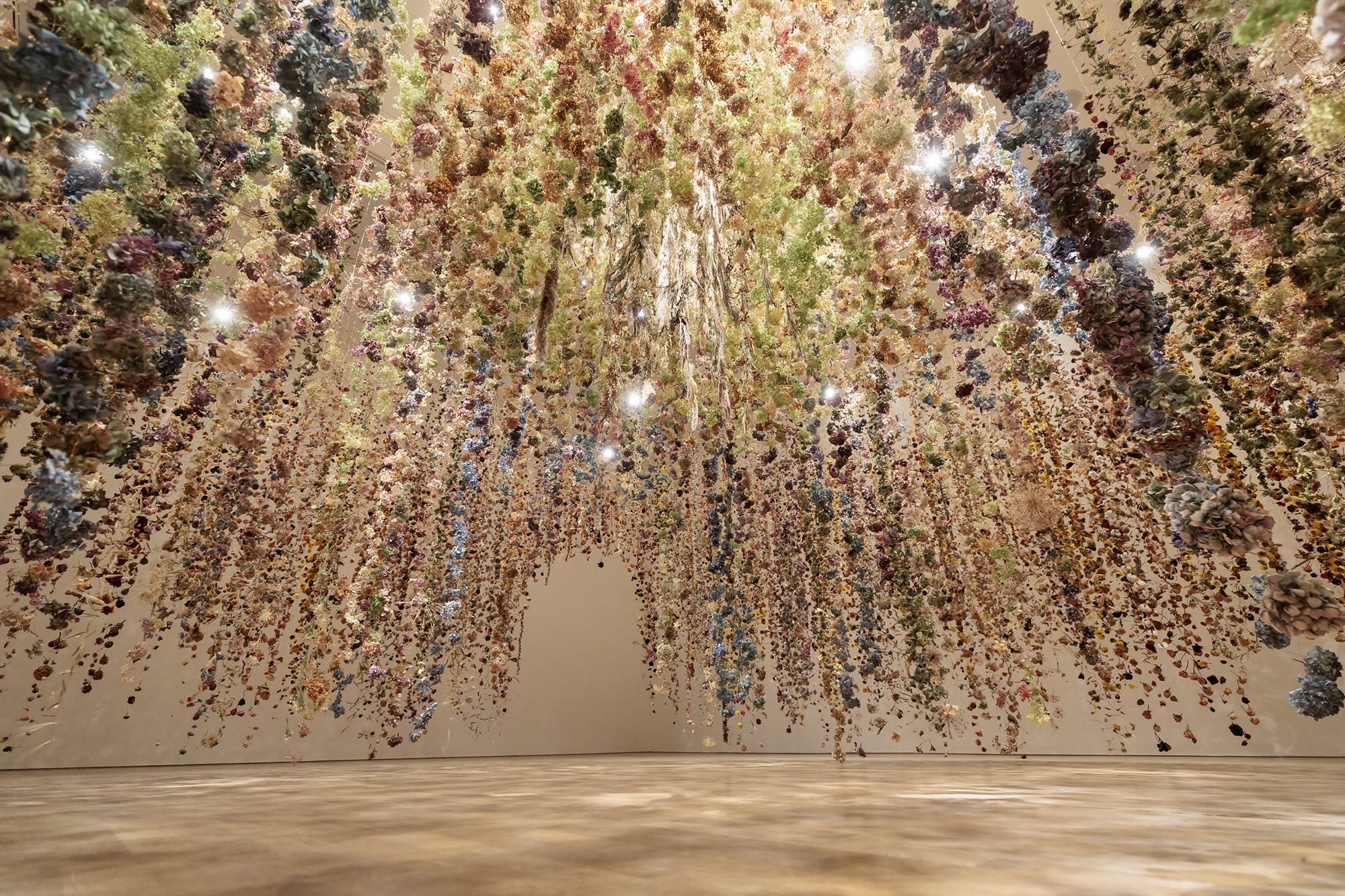This post was originally published on Colossal
In nature, flowers serve as an essential component of the reproduction process. But for humans, scented blooms are ripe with myriad meanings and symbolism that transcend their biological functions.
During Victorian times, offering a bouquet to someone with your right hand indicated a non-verbal “yes,” while a yellow carnation would reject an admirer. Similarly in art history, wilting flowers rendered as a momento mori remind us of death’s inevitability, and for van Gogh, sunflowers were the perfect stand-in for gratitude.

A massive exhibition opening next month at Saatchi Gallery cultivates a vast repertoire of works that explores how blooms have become an omnipresent entity in human life and creativity. Flowers: Flora in Contemporary Art and Culture brings together more than 500 photographs, installations, sculptures, archival pieces, and other objects to create a rich landscape spanning millennia.
Anchoring the exhibition is an expansive and immersive work of 100,000-plus dried flowers by Rebecca Louise Law. Smaller pieces include Xuebing Du’s ethereal photos of flowers in natural light, VOYDER’s streaky steam-laden compositions, and lush, vibrant gardens by Faye Bridgewater.
Opening in time to usher in spring in London, Flowers runs from February 12 to May 5.







Do stories and artists like this matter to you? Become a Colossal Member today and support independent arts publishing for as little as $7 per month. The article In London, an Enormous Exhibition of 500+ Works Roots Out the Creative Seeds of Flowers appeared first on Colossal.





0 Comments